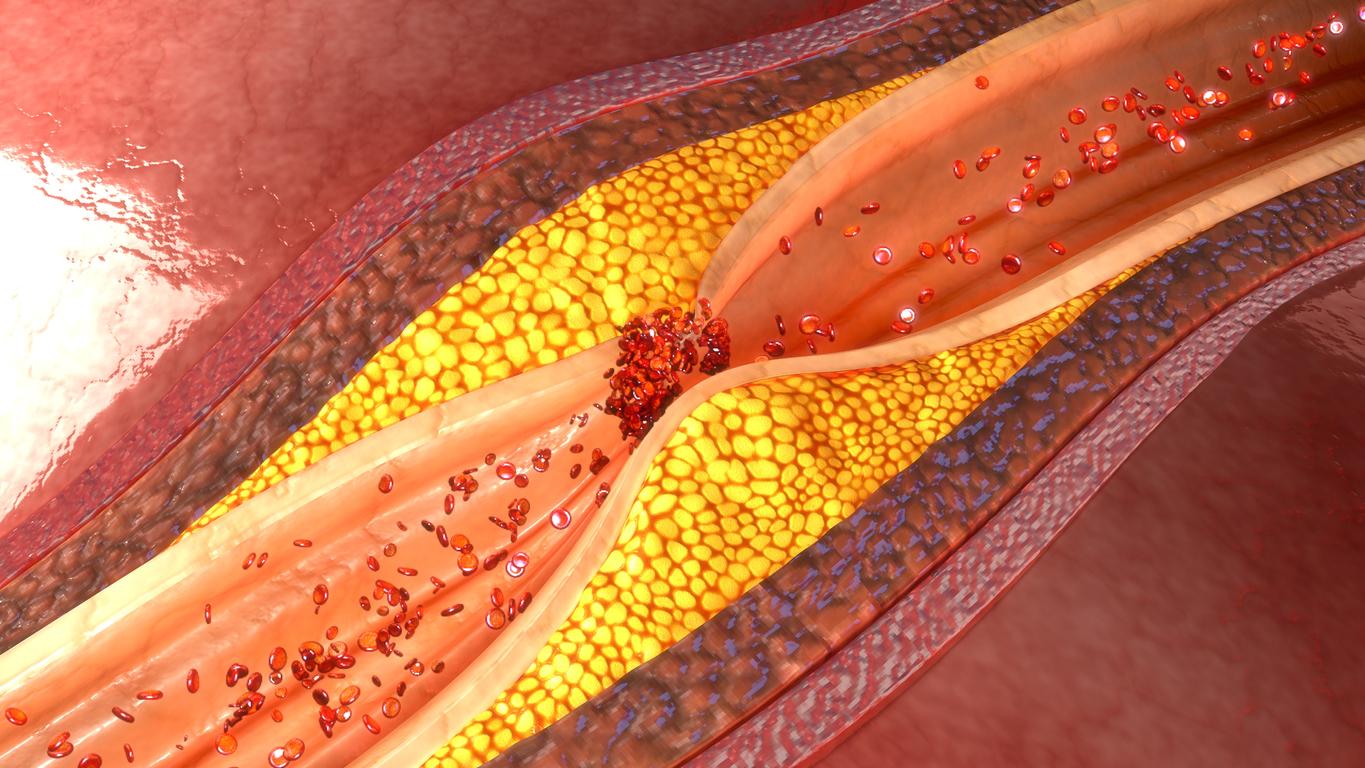Fished all over the world, the sardine with its soft silvery blue scales is a delight when grilled ultra fresh on the barbecue or on the plancha. Although it contains a large amount of very fine bones, which many of us deplore, its flesh – and its bones! – are stuffed with good nutrients.
A friend of the brain and the line
Along with herring, tuna, mackerel, etc., sardines are among the fatty fish (known as “blue fish”) richest in Omega 3 : particularly beneficial fatty acids since studies have proven their protective effects on the heart and the brain. Necessary for the constitution of our brain cells, they allow a greater fluidity of exchanges between our neurons and would thus manage to regulate our emotional balance. Exit the mood swings! This richness in fatty acids should not lead us to believe that sardines are an enemy of our waistline. With approximately 198 calories/100 g, it contains an interesting rate (and close to steak!) of satiating proteins, which is a major asset for keeping the line while maintaining muscle mass. Nutritionists also recommend eating oily fish twice a week.
A vitaminized swimmer…
A veritable Popeye of the seas, the sardine displays a good rate of iron(1.67 mg/100 g), which is tripled when consumed canned due to the dehydration of the fish during cooking. Good news for women, mostly deficient, who have every interest in inviting him to their table. It is also a good source of vitamin A, B and D, phosphorus and magnesium. Not to mention that, fresh or canned and eaten with its bones, it is rich in calcium! A mineral, by far the most abundant in the body, which must be constantly renewed since it is an integral part of bones and teeth and is essential to their good health. In addition, calcium plays a major role in blood clotting, maintaining blood pressure, and contracting muscles, including the heart.
… little contaminated but sometimes allergenic
Fish is the main source of mercury to which we are exposed. Ingested in large quantities, this metal is harmful to the nervous system. If it is present naturally in the environment, the pollution of the seabed makes the consumption of certain fish less safe for health. However, it is the predators (wolf, marlin, halibut, ray, swordfish, shark, etc.) that have the highest levels of mercury. The other species, and in particular the smaller ones such as sardines, have mercury concentrations below the standards in force. Finally, let’s add that sardines, like all fish, are on the list of the most common food allergens in France. Be careful, for example, if you are allergic to Salmon (relatively common allergy): you may also be allergic to sardines, a species belonging to the same group.
Its health benefits
- Good for the heart. Mine of omega 3 and vitamin B12it prevents the risk of cardiovascular illnesses.
- It strengthens the bones: with her vitamin Dits phosphorus and its calcium, it contributes to fight againstosteoporosis.
- Rich in minerals: a can of sardines contains the equivalent of 35% of the recommended daily allowance in calcium, 15% in iron, 10% in potassium and 45% in phosphorus.
- Sports ally. Thanks to its precious help in muscle health with its quality proteins.
His CV
- 198 Cal/100 g (raw)
- Protein 19.9g
- Fat 13.5g
- Carbohydrates: traces
- Fiber 0g
Read also:
- Sardine recipes to fill up on omega-3s
- Slimming: fatty fish good for the line
- A week of good fat menus
















